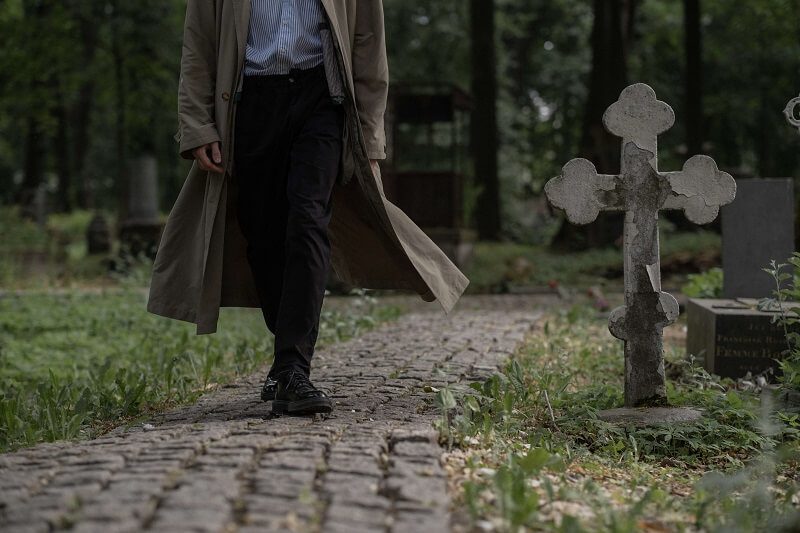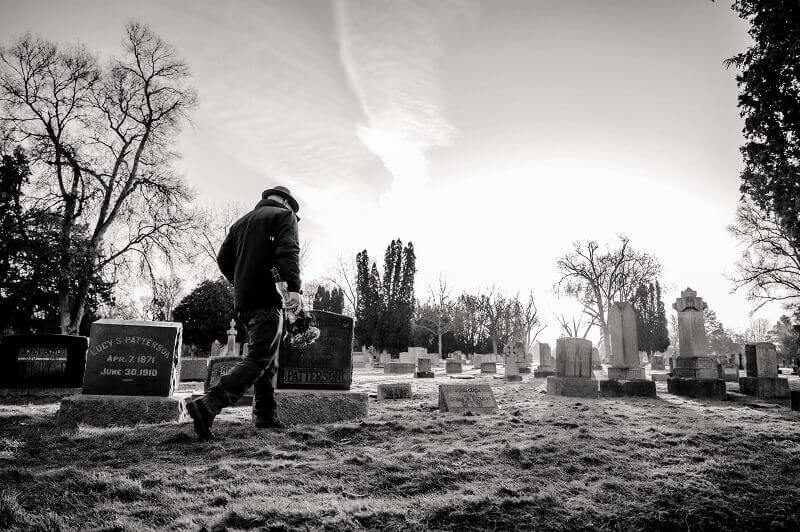History and Evolution of Cemeteries

Cemeteries near Glenpool, OK, are a sight to behold. More than just the final resting places for our loved ones, they represent a time capsule of human civilization’s history and evolution. They are spaces where we can see traces of societal attitudes towards death and their development over time. In this blog post, we will dive deep into the origins of burial grounds and trace their fascinating evolution through the ages.
Ancient Burial Practices
The practice of burying the deceased dates to prehistoric times. Early humans often buried their dead with personal items and food, suggesting a belief in an afterlife. These ancient burial sites were typically located close to settlements, reflecting the strong connection between the living and the dead.
The Egyptian Necropolises
The ancient Egyptians took the concept of burial grounds to new heights, creating vast necropolises and elaborate tombs for their pharaohs. These burial sites, such as the Valley of the Kings, were designed to ensure the pharaoh’s safe passage into the afterlife and were filled with treasures, artwork, and elaborate inscriptions.
Greek and Roman Burial Traditions
The ancient Greeks and Romans had their own unique approaches to burial practices. Greek burial grounds, or “necropoleis,” were often located outside city walls and featured elaborate monuments and statues to commemorate the dead. The Romans, on the other hand, placed a greater emphasis on cremation, with the ashes of the deceased placed in urns and housed in columbarium-style tombs.
The Christian Influence on Burial Grounds
With the spread of Christianity, the concept of burial grounds underwent significant changes. Early Christians believed in the resurrection of the body and preferred inhumation (burial) over cremation. This led to the establishment of churchyards as designated burial sites, which would later evolve into the cemeteries we know today.
The Emergence of Modern Cemeteries
As urban populations grew during the Industrial Revolution, churchyards became overcrowded and unsanitary, prompting the development of new, more organized burial grounds. The concept of the “rural cemetery” emerged in the 19th century, characterized by sprawling, landscaped grounds that provided a peaceful and serene environment for visitors.
The Role of Cemeteries in Contemporary Society
In today’s world, burial grounds serve as both a final resting place for the deceased and a place for the living to remember and pay their respects. These sacred spaces often feature personalized grave markers, reflecting the individuality of the deceased and the memories they leave behind.

Tracing the Journey of Burial Grounds Through Time
From their inception as humble burial sites, the cemeteries near Glenpool, OK, have evolved into tranquil, carefully manicured spaces that reflect the narrative of human progression. This journey, from simple earth graves to serene resting places adorned with monuments and flora, gives us a deeper appreciation of their significance in our lives. If you’re searching for a peaceful, well-kept final resting place for a loved one, consider the esteemed Rolling Oaks Memorial Gardens. Not just a cemetery. It’s sanctuary commemorating the lives lived, fostering an environment of respect and tranquility. To further understand the depth of their services and the beauty of the grounds they maintain, visit their website or get in contact directly.

